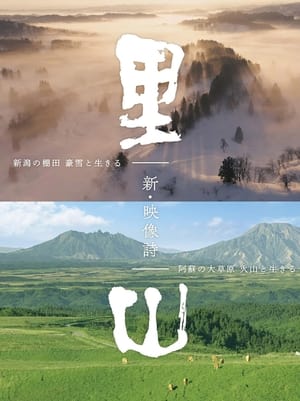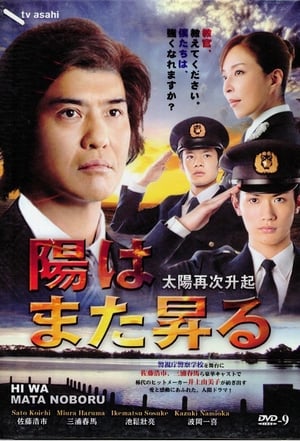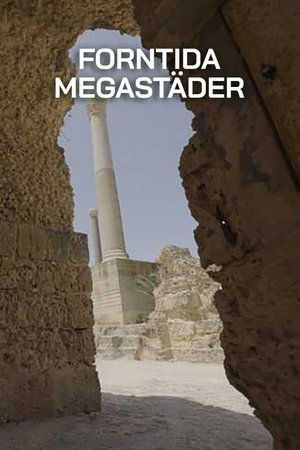Satoyama: Japan's Secret Watergarden
The Satoyama series, which won the Grand Prix at the 28th International Wildlife Film Festival 2005, is produced by NHK and distributed by MICO. It poetically portrays the close relationship between people and nature in traditional rural environments in Japan. The first program, which focuses on the agricultural cycle of rice paddies on hillsides in Japan, has been distributed to over 80 countries worldwide. The second program takes a look at a traditional water-supply system called a "kabata", which not only provides water to village households but also nurtures a vast diversity of fish, insects, birds, and other creatures. Both programs offer insights into environmentally sustainable living.
Genre:
Actor:
Creator:
Country:
Type: tv
Season: 1
Episode: N/A
Duration: N/A minutes
Release: 1999-04-12
Rating: 7
















